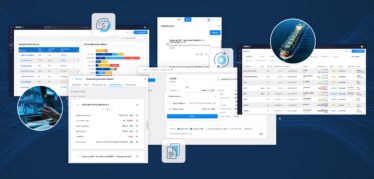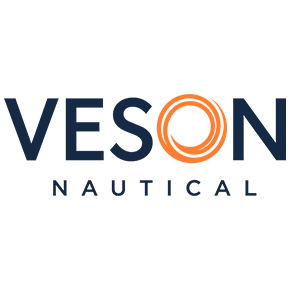The efficient and effective scheduling of vessels and cargoes is foundational to a maritime shipping organization’s commercial success. Every decision made at the scheduling stage of the voyage has powerful cascading effects that can either dramatically enhance profitability or hinder a shipowner or operator’s ability to maximize revenue and meet its contractual commitments. But optimizing a high-volume schedule is easier said than done.
The voyage scheduling function can be best described as a complex Rubik’s cube in which the colors, or open opportunities, are continuously changing. For this reason, it remains one of the most time-consuming functions in the maritime shipping organization. And yet, far too many chartering departments remain reliant on manual or spreadsheet-based scheduling workflows that make the inherently nuanced function even more complex.
Given its criticality and complexity, it makes sense that the pre-fixture space has been a top target for technology-enabled enhancements. For example, the Veson IMOS Platform’s robust chartering workspace empowers charterers and schedulers to centrally view their open vessels and cargoes, and simplify the scheduling process with an intuitive, drag-and-drop interface. A dynamic workspace is a game-changer for charterers and schedulers, but it still places the onus on them when it comes to uncovering all of the possible permutations. By supplementing the right scheduling workspace with algorithm-based optimization, charterers and schedulers can truly transform the efficiency and effectiveness of their scheduling workflow.
Let’s explore three of the top challenges charterers and schedulers face, and how an advanced scheduling algorithm can help conquer them.
1. There’s not enough time in the day.
Open vessels, cargoes, contractual obligations, and market rates are continuously changing and must all be methodically considered during the schedule creation process. For a large maritime shipping organization, the dynamics of the scheduling process coupled with high volume can challenge even the most capable and efficient chartering or scheduling professionals. As a result, this critical role inside the maritime shipping organization often finds itself pressed for time, with not enough hours in the day to complete its many responsibilities.
With algorithm-based scheduling, charterers or schedulers can generate best-case scheduling scenarios with the click of a button. These optimized scenarios must reside in the charterer or scheduler’s familiar scheduling workspace, so they can readily make adjustments to their liking before fixing the schedule. The result? A far lighter lift that focuses the charterer or scheduler’s valuable insight where it will make the greatest impact.
2. It’s impossible to consider every permutation.
The most optimized schedule exists, but it must be found amid hundreds of possible permutations of vessels and cargoes. The problem is that even the most skilled charterer or scheduler is bound to miss a few possible pairings in their evaluation process. A complex macro may put some mathematical rigor behind this process, but it does not reside inside a familiar scheduling workspace, nor are its inputs and outputs tightly integrated with the rest of the maritime shipping workflow.
In addition to improving the efficiency of the scheduling process, an advanced scheduling algorithm programmatically considers every possible permutation to identify the best, most optimized scheduling scenario. Most importantly, this scheduling scenario is based upon real-time inputs from the maritime shipping workflow, and, once fixed by the charterer or scheduler, it is immediately moved to the operations function where it is executed.
3. There are trade offs between maximizing profitability and meeting obligations.
When it comes to scheduling, every maritime business has to do its best to maximize the percentage of laycans met while also maximizing TCE to increase profits. There is a natural tension between these two objectives, which often requires the charterer or scheduler to make trade offs. While individual charterers and schedulers have an unwritten understanding of these objectives and their relationship with one another, they have no systematic way to compare or prioritize them in the scheduling process.
Conversely, algorithm-based scheduling affords charterers the ability to optimize based on their most critical business objective. If maximizing laycans is their priority, for example, a charterer or scheduler can configure the algorithm to generate the best possible schedule to maximize the business’ ability to meet its contractual obligations. Charterers and schedulers can then adjust the resulting schedule to strike the right balance between meeting laycans and taking advantage of the most profitable opportunities.
Simplify & Elevate Your Scheduling Workflow with VIP Schedule Optimizer
VIP Schedule Optimizer provides charterers and schedulers a proprietary, algorithm-based optimization engine that surfaces the best-case scheduling scenarios based on laycans met or TCE. The newest VIP module sits on top of VIP Chartering’s dynamic scheduling workspace, enabling charterers and schedulers to complement their existing scheduling workflows with data-driven automation. To learn more about VIP Schedule Optimizer, click here.




 Veson Nautical
Veson Nautical
 Kevin Baxter
Kevin Baxter